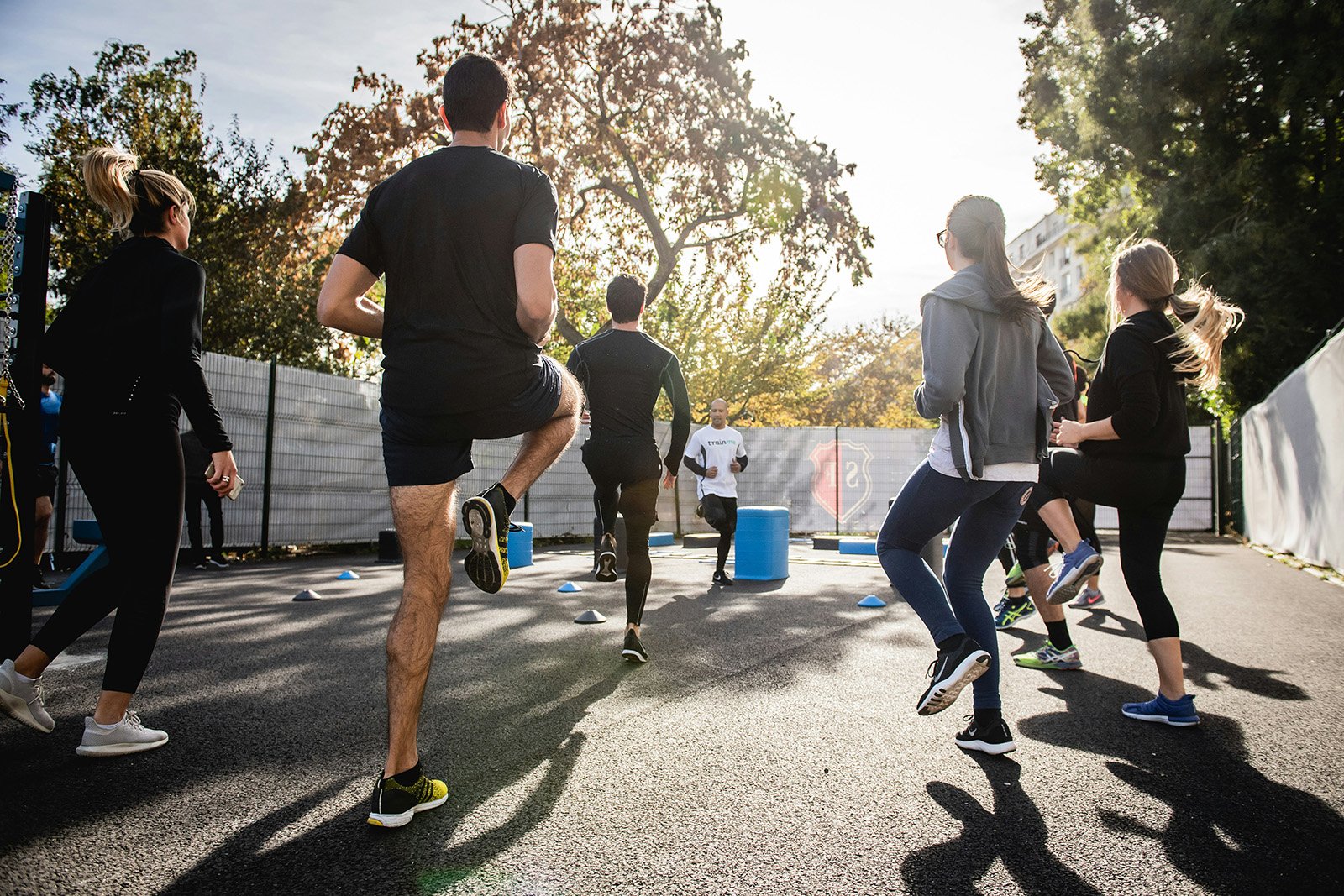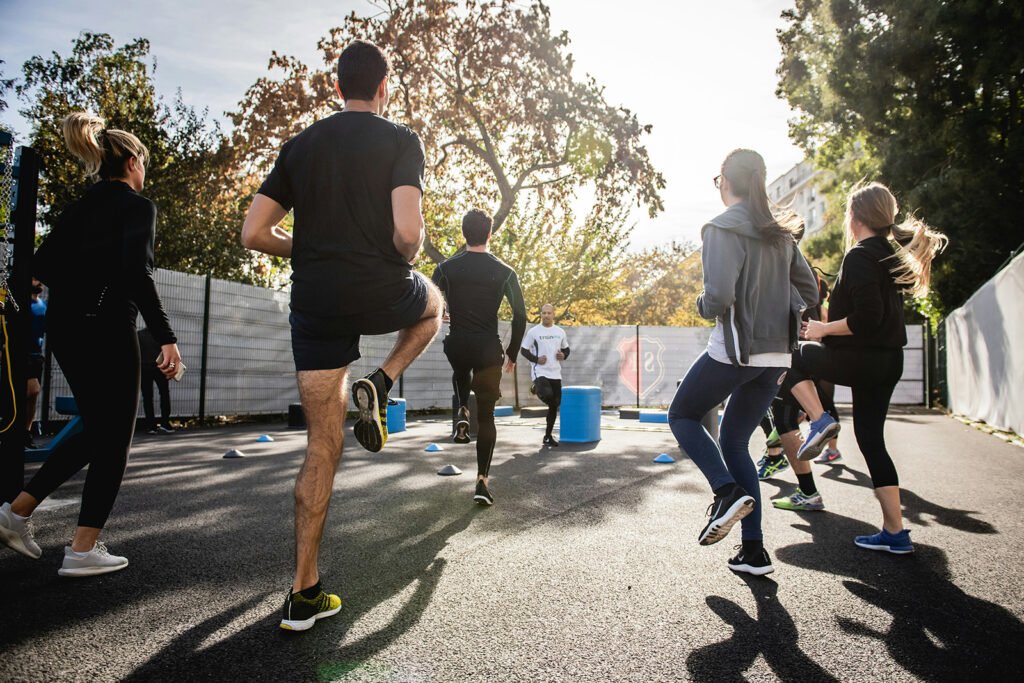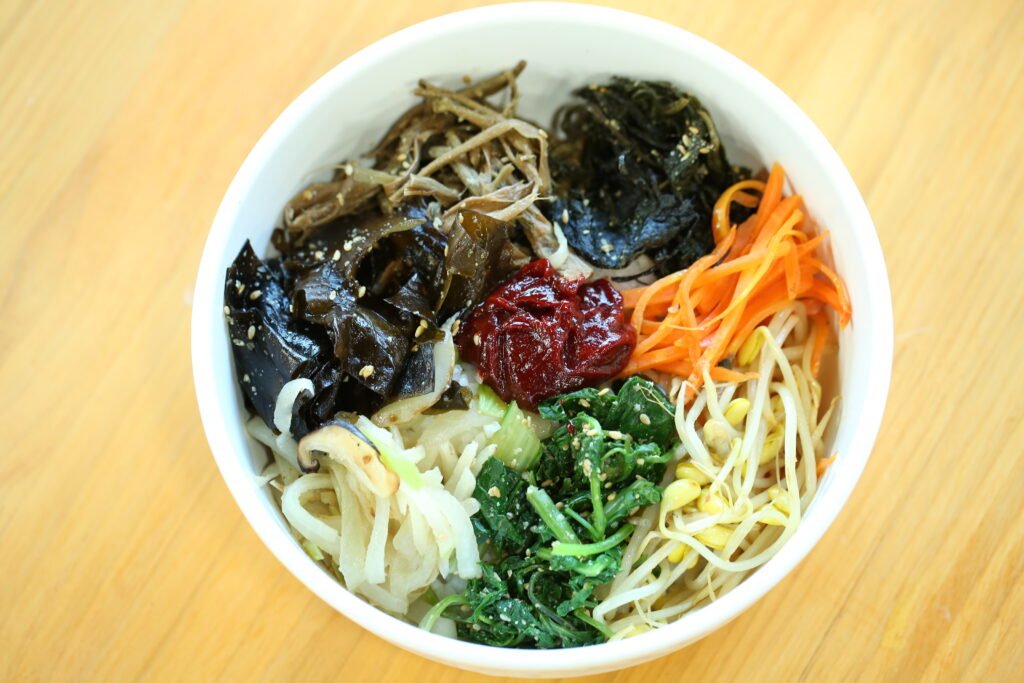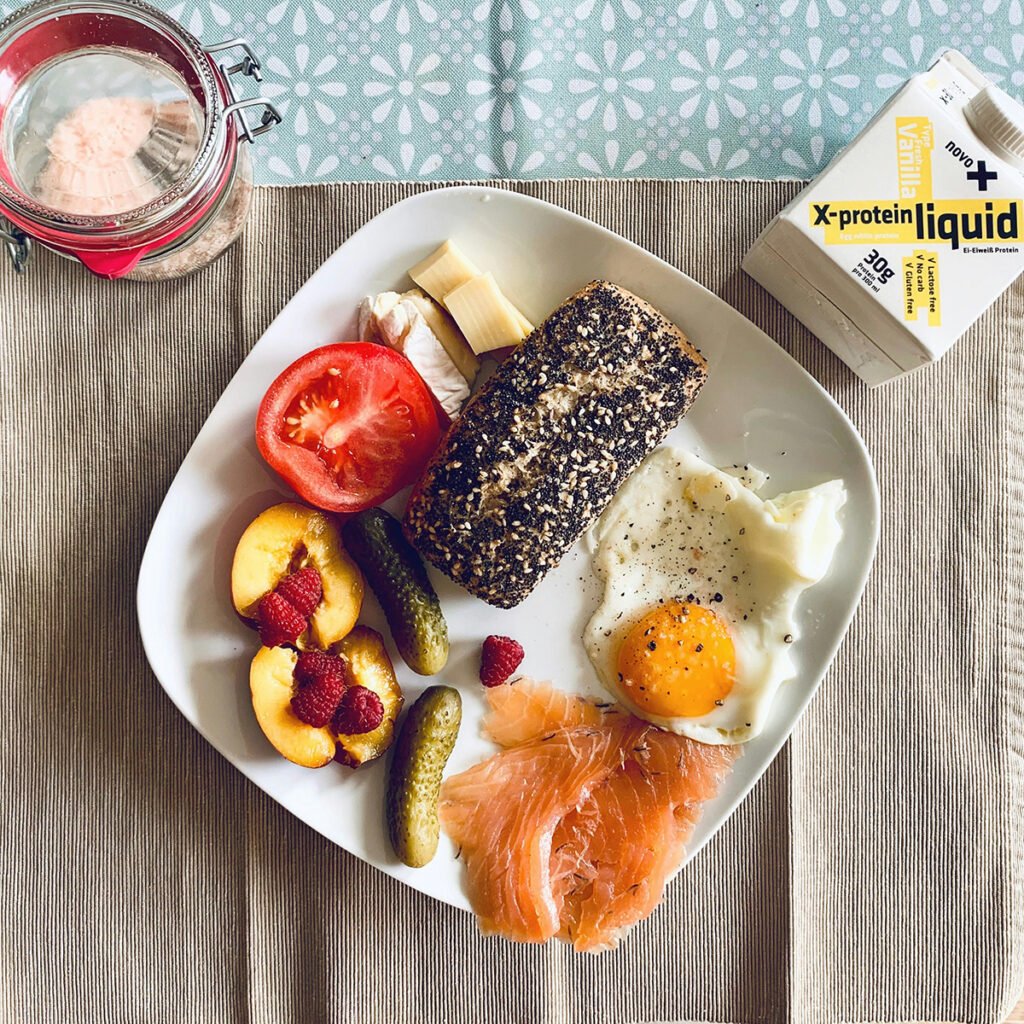When Worry Becomes Too Much: Recognizing Anxiety That Needs Attention. How Much Anxiety Is Normal? Anxiety is a natural emotion that helps us stay alert, focused, and motivated in high-pressure situations. But how much anxiety is too much? When does it cross the line from helpful to harmful? Let’s explore what normal anxiety looks like, how to recognize when it becomes a concern, and what steps you can take to manage it.
What Is Considered Normal Anxiety?
Experiencing occasional anxiety is a part of life. “Normal” anxiety usually shows up in response to specific stressors, like preparing for a big presentation, starting a new job, or waiting for medical results. Here are common signs of everyday anxiety:
- Triggered by identifiable events or situations
- Temporary – usually fades after the stressor is resolved
- Can boost performance by increasing focus and motivation
Signs Your Anxiety May Be a Problem
When anxiety becomes persistent, overwhelming, or interferes with daily life, it may be more than just stress. Mental health experts like Dr. Ellen Vora and Dr. Romie Mushtaq explain that anxiety that hinders your ability to function should not be ignored. Here are red flags that may indicate it’s time to seek help:
- Worrying excessively even when there’s no clear cause
- Avoiding social situations or responsibilities due to fear
- Sleep problems, such as insomnia or restless nights
- Physical symptoms like headaches, rapid heartbeat, or stomach issues
- Persistent irritability, fatigue, or feelings of being on edge
- Using food, alcohol, or screens as coping mechanisms
- Loss of interest in activities you used to enjoy
Dr. Mushtaq says: “If anxiety is affecting your ability to show up for your life, that’s enough reason to seek support.”
When Should You Talk to a Mental Health Professional?
You don’t need to wait until anxiety becomes unbearable to reach out for help. In fact, early intervention often leads to better outcomes. You should consider talking to a therapist or mental health expert if:
- Your anxiety is frequent and doesn’t go away
- You’re struggling with everyday tasks or relationships
- Your coping strategies are no longer effective
Effective Ways to Manage Anxiety
Whether your anxiety is situational or chronic, these strategies can help bring relief:
1. Prioritize Lifestyle Habits
- Get 7–8 hours of quality sleep each night
- Eat a balanced, anti-inflammatory diet
- Engage in regular physical activity (even light movement counts)
- Practice mindfulness, deep breathing, or guided meditation
2. Seek Professional Help
Therapies like cognitive-behavioral therapy (CBT) are proven to be highly effective for anxiety. A mental health provider can help identify your triggers and develop personalized coping tools.
3. Rule Out Underlying Conditions
Some medical issues (like thyroid problems or hormonal imbalances) can mimic anxiety symptoms. It’s important to get a full health checkup if your anxiety is persistent and unexplained.
Final Thoughts
Anxiety is part of the human experience, but it shouldn’t control your life. Understanding what’s normal and what isn’t is the first step toward feeling better. Remember: you’re not alone, and help is available.
If you’re unsure whether your anxiety is “too much,” ask yourself this: “Is it interfering with my ability to enjoy life and be present?” If the answer is yes, that’s a sign to talk to someone.












